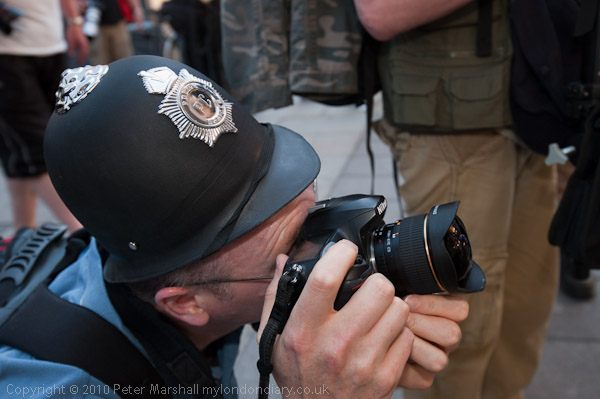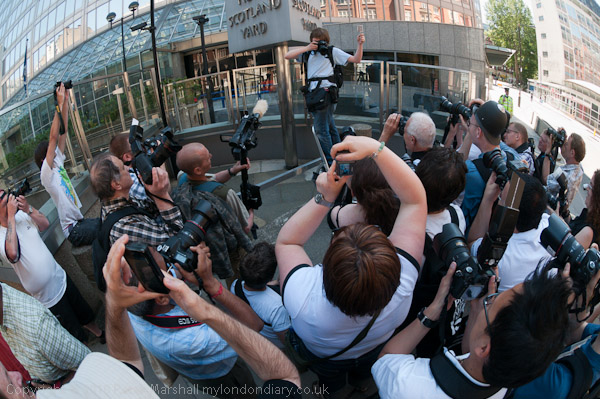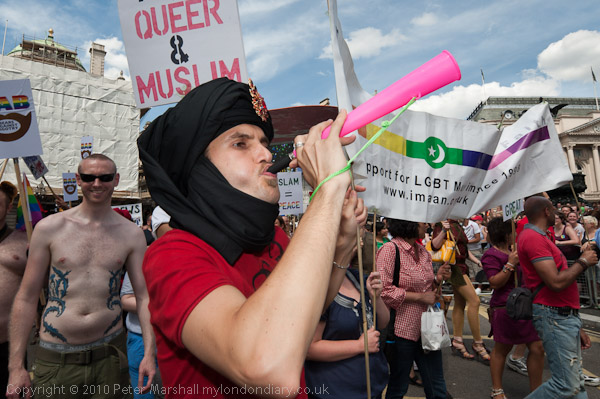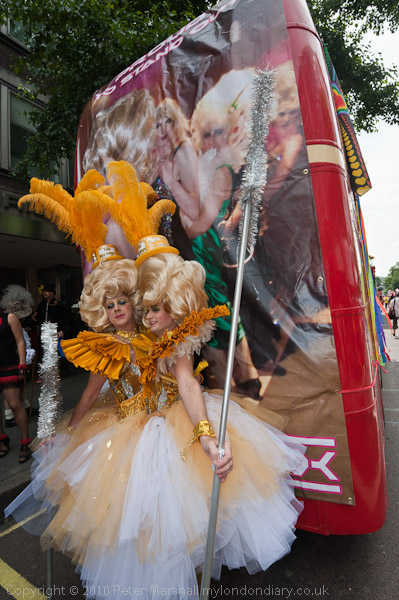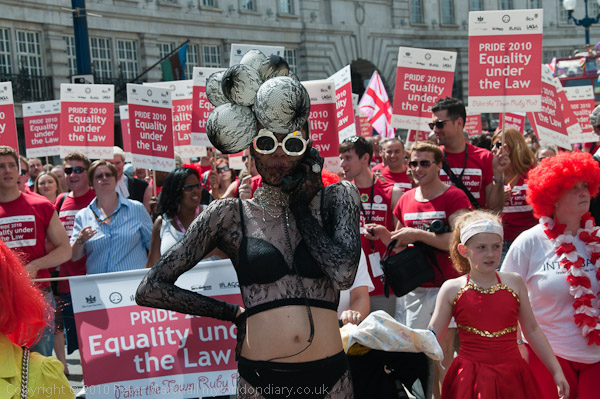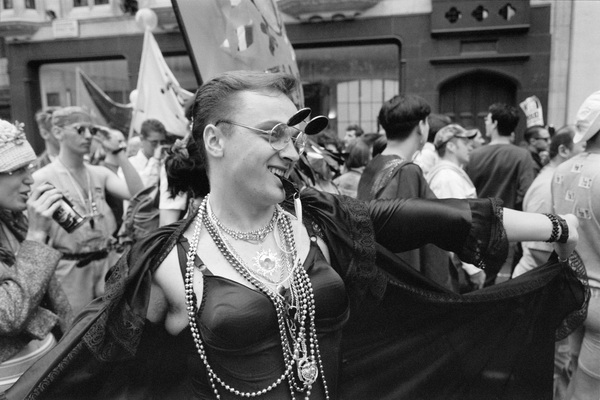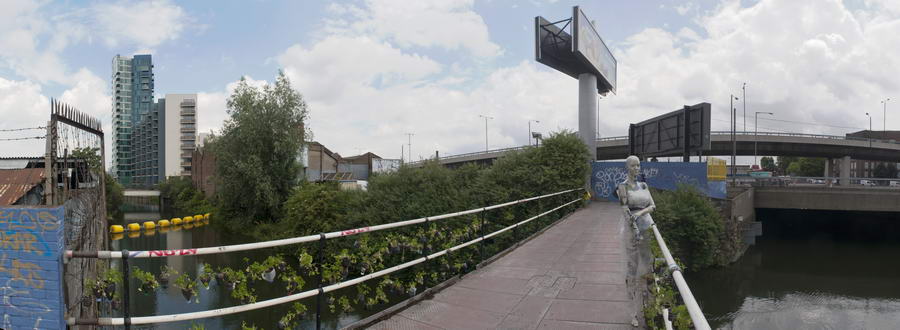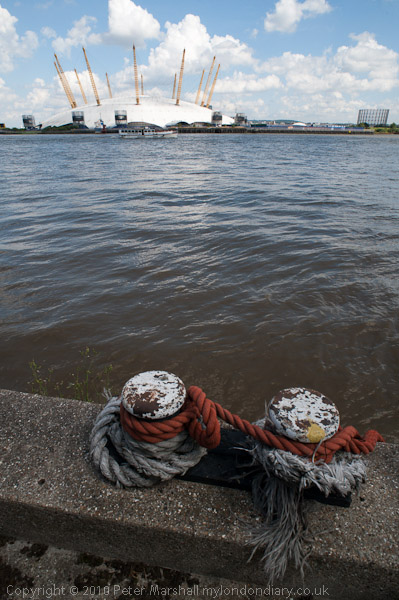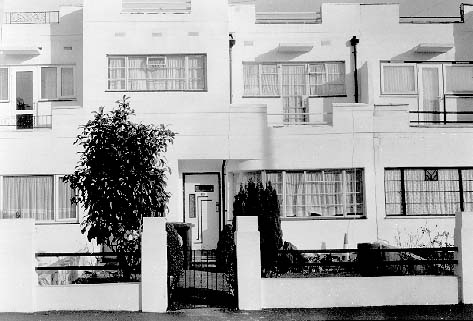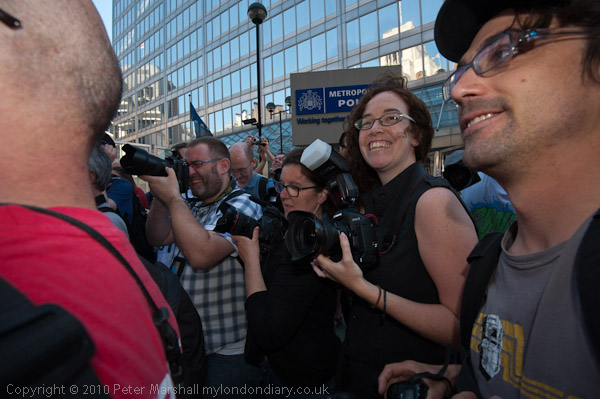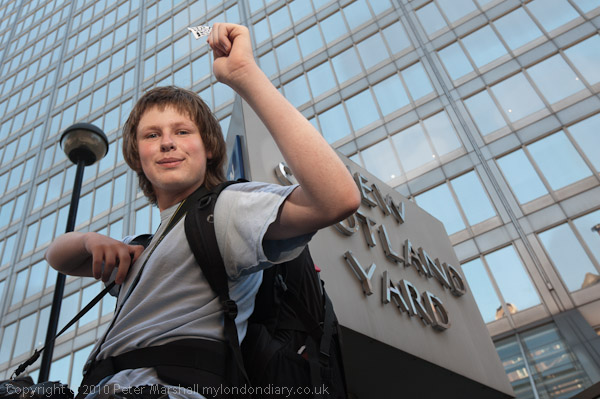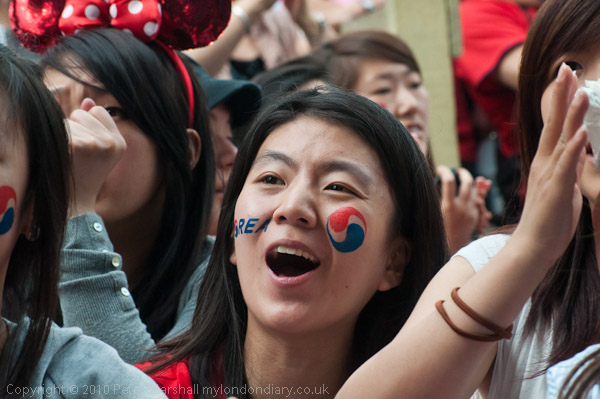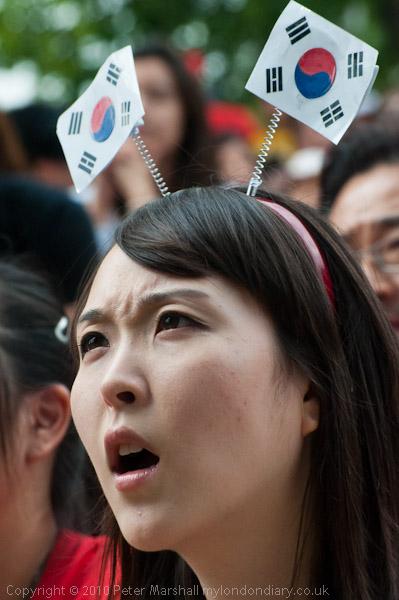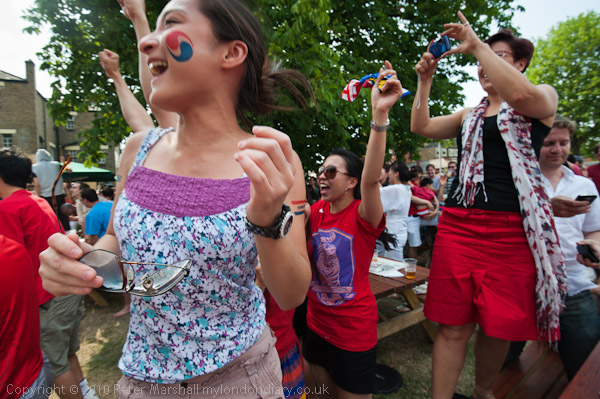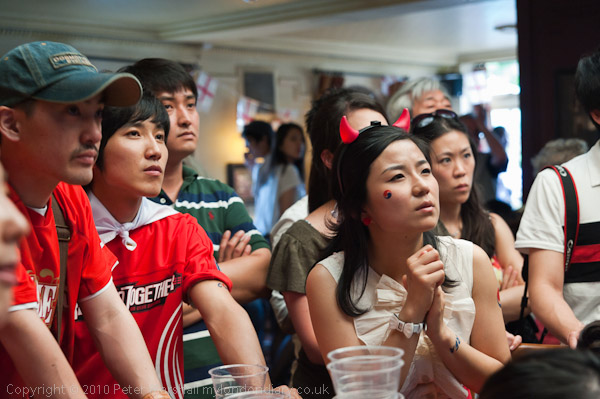Saturday I got my proof copy of my second work available on Blurb, Before the Olympics: The Lea Valley 1981-2010, and it is now available to buy. It’s a very different work from my first book, ‘1989‘, still available. ‘Before the Olympics‘ is a collection of photographs while ‘1989‘ was an art work. Although I think some of least of the photographs are of photographic interest, they and the work as a whole should also appeal to a wider range of people.
Its also a rather larger effort than the previous volume, with over 240 pictures rather than only 20, although rather less text. Physically it is larger too, 10×8 landscape format with around 80 pages. I suppose that despite being more expensive (currently £16.45 in paperback, plus carriage) its a rather better deal, with a cost per picture around one eight of the previous effort!
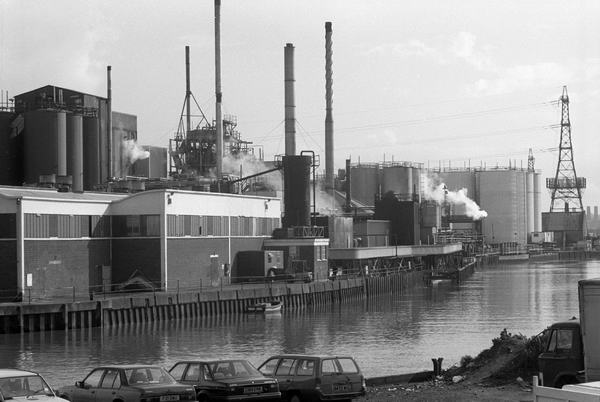
Pura Foods, Bow Creek, 1989
Of course packing 240 pictures into 80 pages isn’t ideal, and although some of my favourite pictures have a page to themselves, some are rather smaller than I would ideally have liked. But I wanted this book to reflect at least all of my early black and white work on the area that I think is worth showing. I took many more pictures back then than are shown here, but the others are either variation on those selected or pictures I now find less interesting. Although the book has images from the source to the Thames, most of the images are from Leamouth, Canning Town, Stratford Marsh, Hackney Wick and up to Ponders End.

Marshgate Lane, 1990
With more space to play with (Blurb can make larger books, but the cost increases with a jump between 80 and 81 pages) I might also have chosen to include more of my early colour work, as well as more pictures from after 1995. There are some in the volume, but really I have enough for another book or two.
I found it quite exciting to rip open the packet and get my first look at the printed copy, although of course I had seen it on screen. Although I very much liked ‘1989’ this was in some respects more satisfying.
It isn’t a perfect volume. The reproduction isn’t quite as good as before, though still largely adequate it just has slightly less depth. Perhaps it is just a matter of being made at a different press or using a different printer to the earlier volume. The colour has come out well – more or less exactly as I saw it on my screen. I’d converted all the files (black and white and colour) to RGB jpegs with sRGB profile. The black and white comes out pretty neutral too, just as I wanted it to.
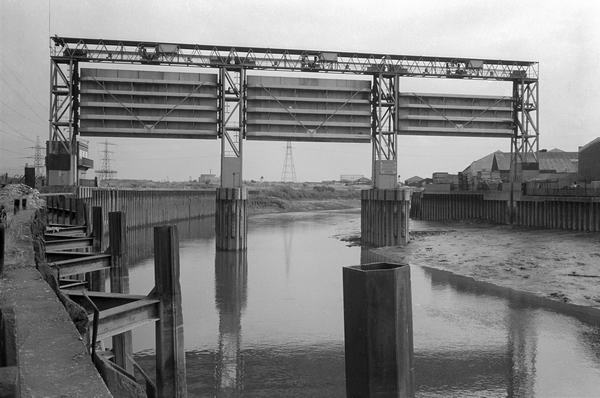
Bow Creek Flood Barrier, 1983
There are a few places where I could improve the design while keeping within the very tight 80 page limit, and in particular some of the text is a point or so larger than it should be. So far I’ve only found one typing error, with the word ‘of’ in place of ‘or’ – just one row out on the keyboard. And there is a curious effect on one page where two pictures have somehow swapped places, thus ending with each other’s captions.
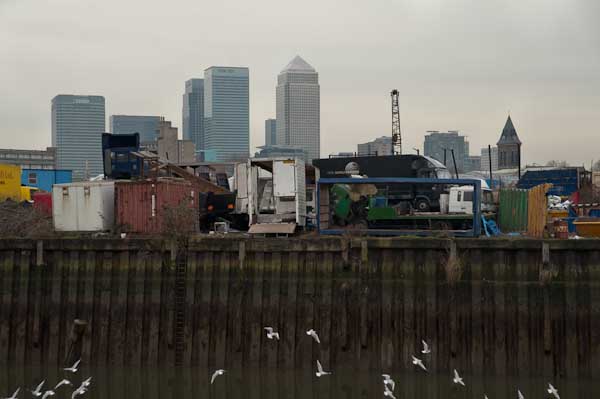
Bow Creek, 2010
Most published books have a few minor errors at least, and I didn’t feel it was worth correcting these, although most would have been simple. I hope at some point there will be a later edition of this work from a proper publisher, with more pages and more pictures, a paid designer and perhaps a scholarly introductory text. If so, this current edition may well become a highly priced collectible and the errors will probably add to its appeal!
Many of the images can be found on my River Lea web site, and some of the others scattered around on My London Diary. But I rescanned and cleaned up all the black and white and some of the colour pictures for the book.
